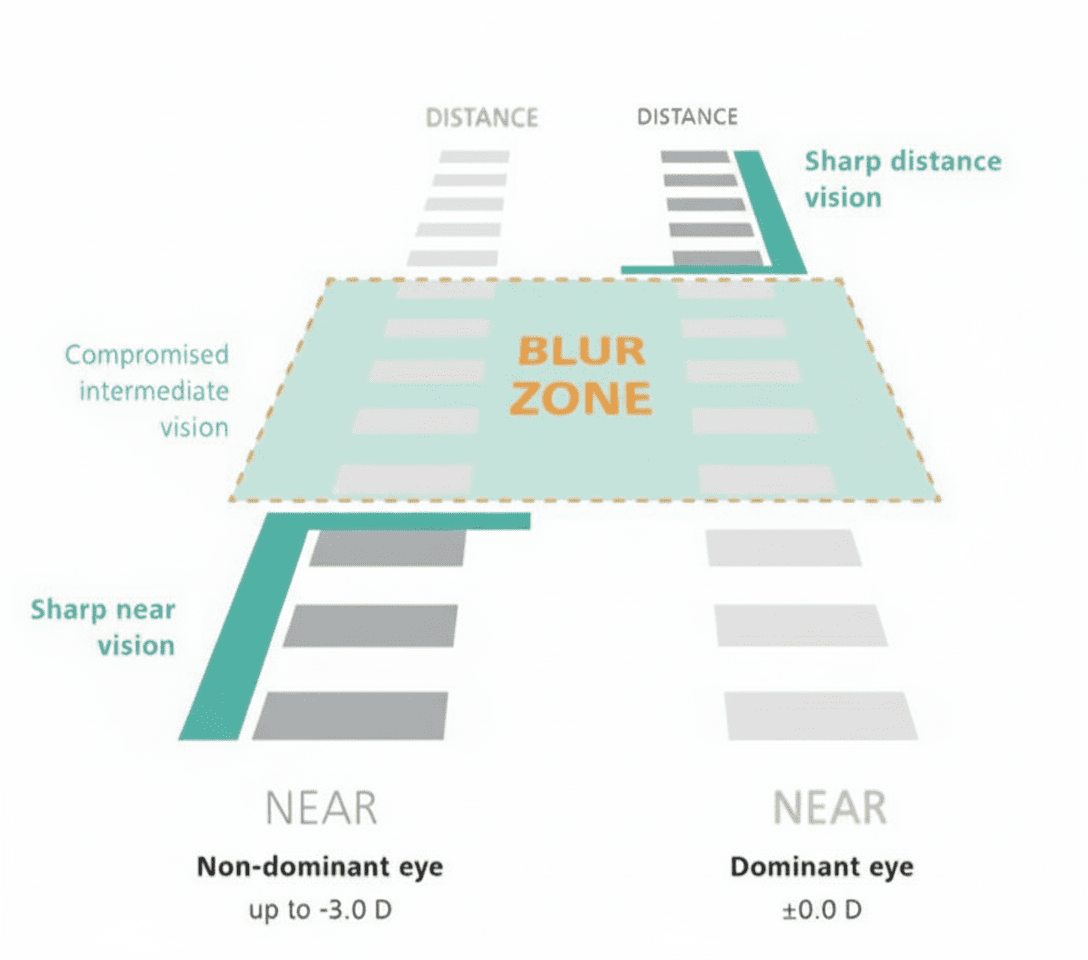
After the age of 40, the eye’s natural lens begins to lose its flexibility, making it harder to focus on things up close. This natural aging process is called presbyopia (Lao Hua), and it’s something everyone will experience.
For most people, presbyopia means they’ll need reading glasses or corrective lenses. People who are already nearsighted may find they can remove their distance glasses to read.
One common solution for presbyopia is monovision, which corrects one eye for distance vision and the other for near vision. This technique is often used with contact lenses and is also a traditional method for laser vision correction.
Conventional monovision
 Conventional monovision
Conventional monovision
After the age of 40, the eye’s natural lens begins to lose its flexibility, making it harder to focus on things up close. This natural aging process is called presbyopia (Lao Hua), and it’s something everyone will experience.
For most people, presbyopia means they’ll need reading glasses or corrective lenses. People who are already nearsighted may find they can remove their distance glasses to read.
One common solution for presbyopia is monovision, which corrects one eye for distance vision and the other for near vision. This technique is often used with contact lenses and is also a traditional method for laser vision correction.
SUPRACOR LASIK is particularly suited for:
However, it may not be suitable for:
Your surgeon will perform a thorough assessment to determine if SUPRACOR LASIK is the right choice for you.
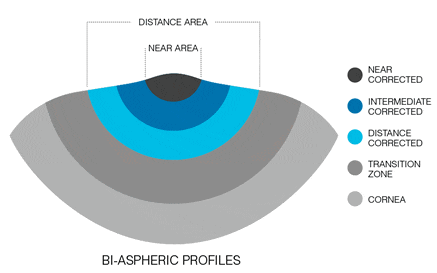

Numbing eye drops are administered to ensure a pain-free experience.

A femtosecond laser creates a thin flap on the cornea’s surface, which is gently lifted.

An excimer laser reshapes the cornea to correct the refractive error, blending near and distance vision zones.

The corneal flap is carefully repositioned, adhering naturally without the need for stitches.

Utilizes advanced laser technology for precise and safe reshaping of the cornea.

Tailors vision correction to individual needs, blending near, intermediate, and distance vision.
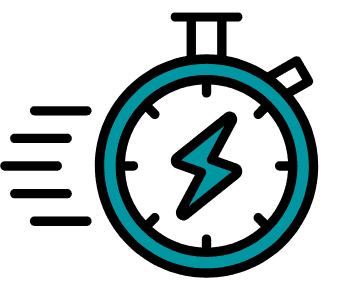
Most patients experience significant improvement in vision within a few days, with minimal discomfort.

Provides durable vision correction, reducing dependency on glasses or contact lenses.
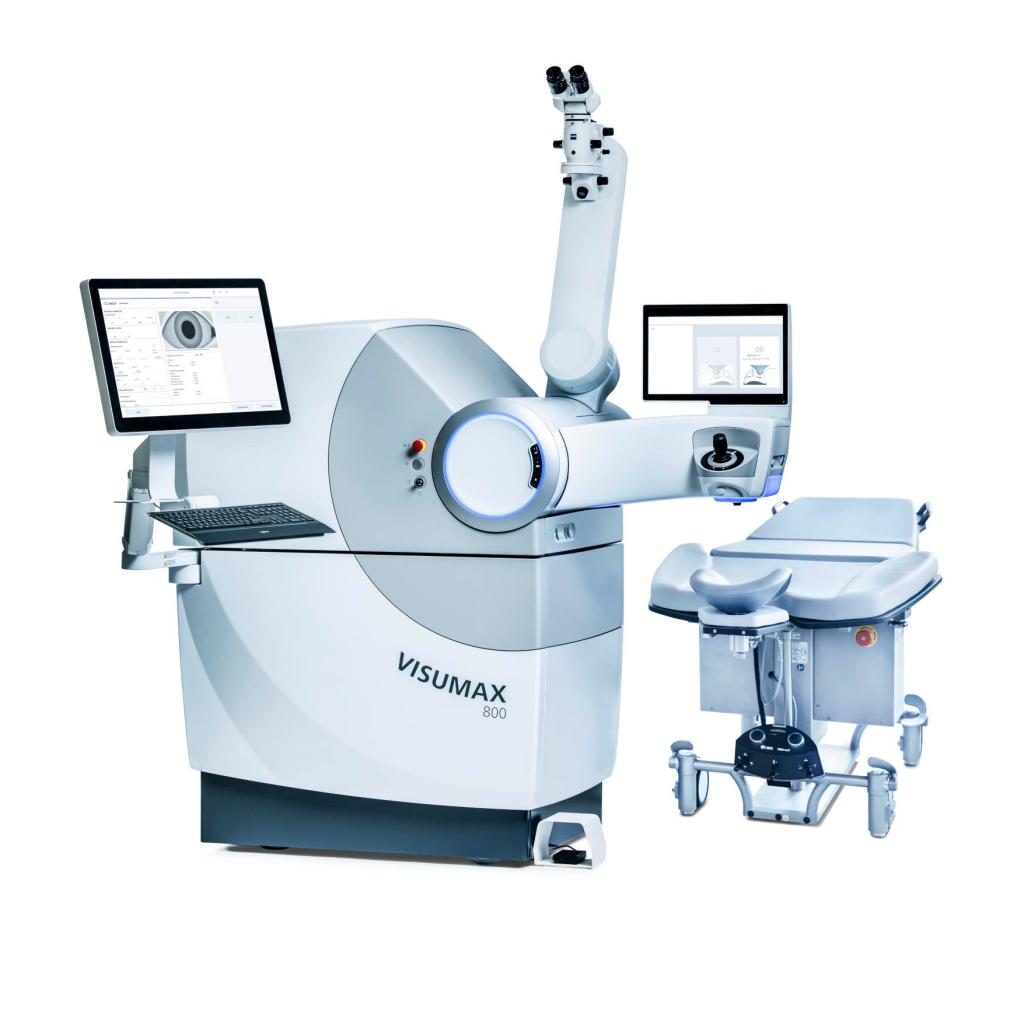
During SUPRACOR LASIK, a femtosecond laser (ZEISS VISUMAX) is used to create a flap on the cornea before the stromal ablation by excimer laser
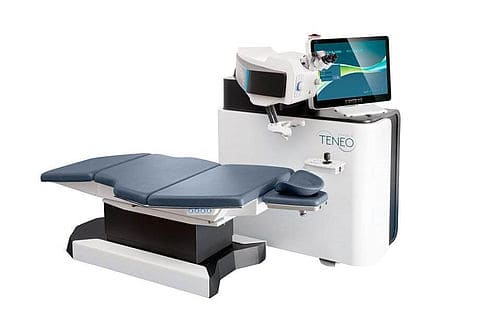
During SUPRACOR LASIK, an excimer laser (TECHNOLAS TENEO 317 Model 2) is used to perform stromal ablation which corrects the refractive error